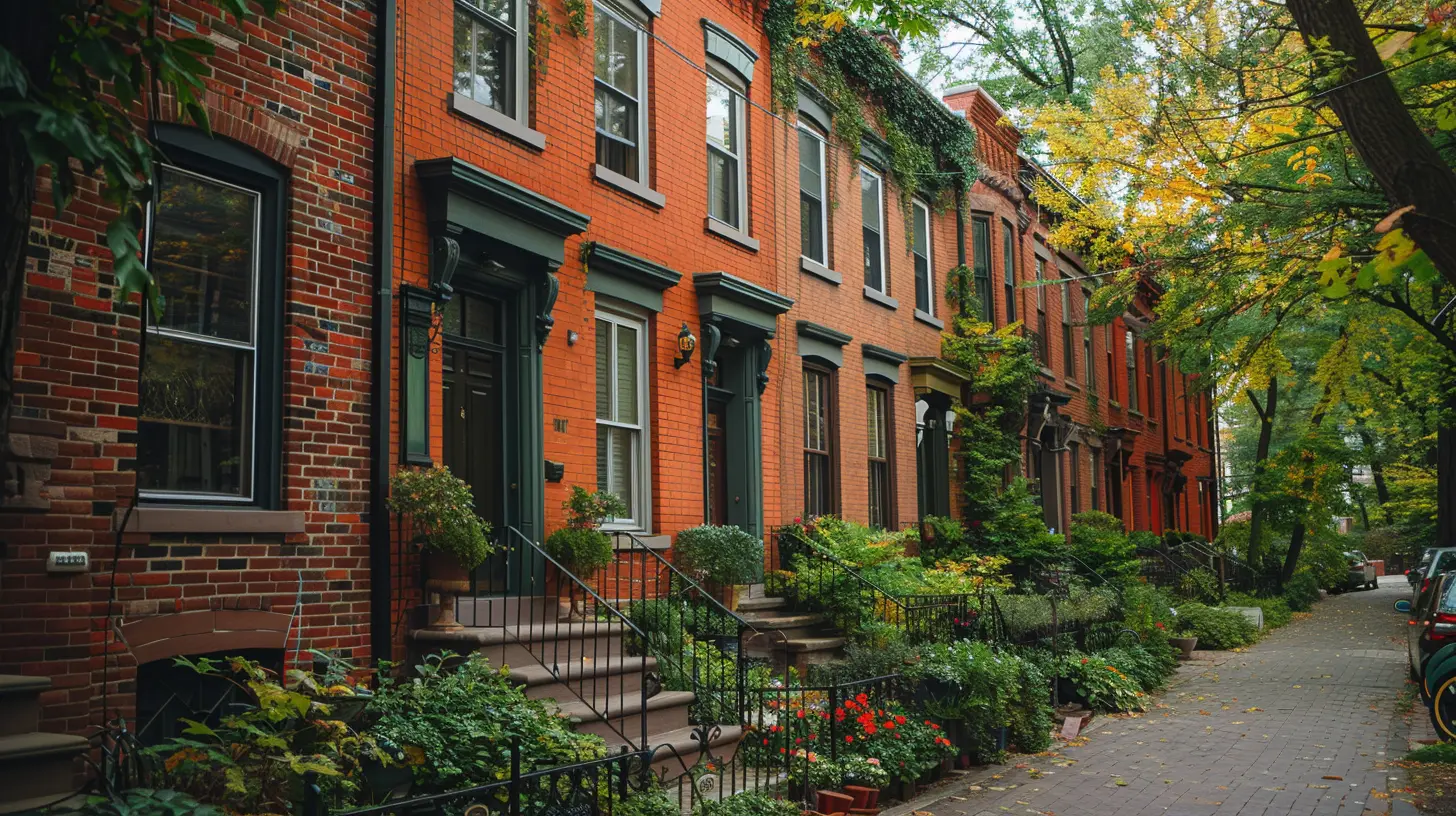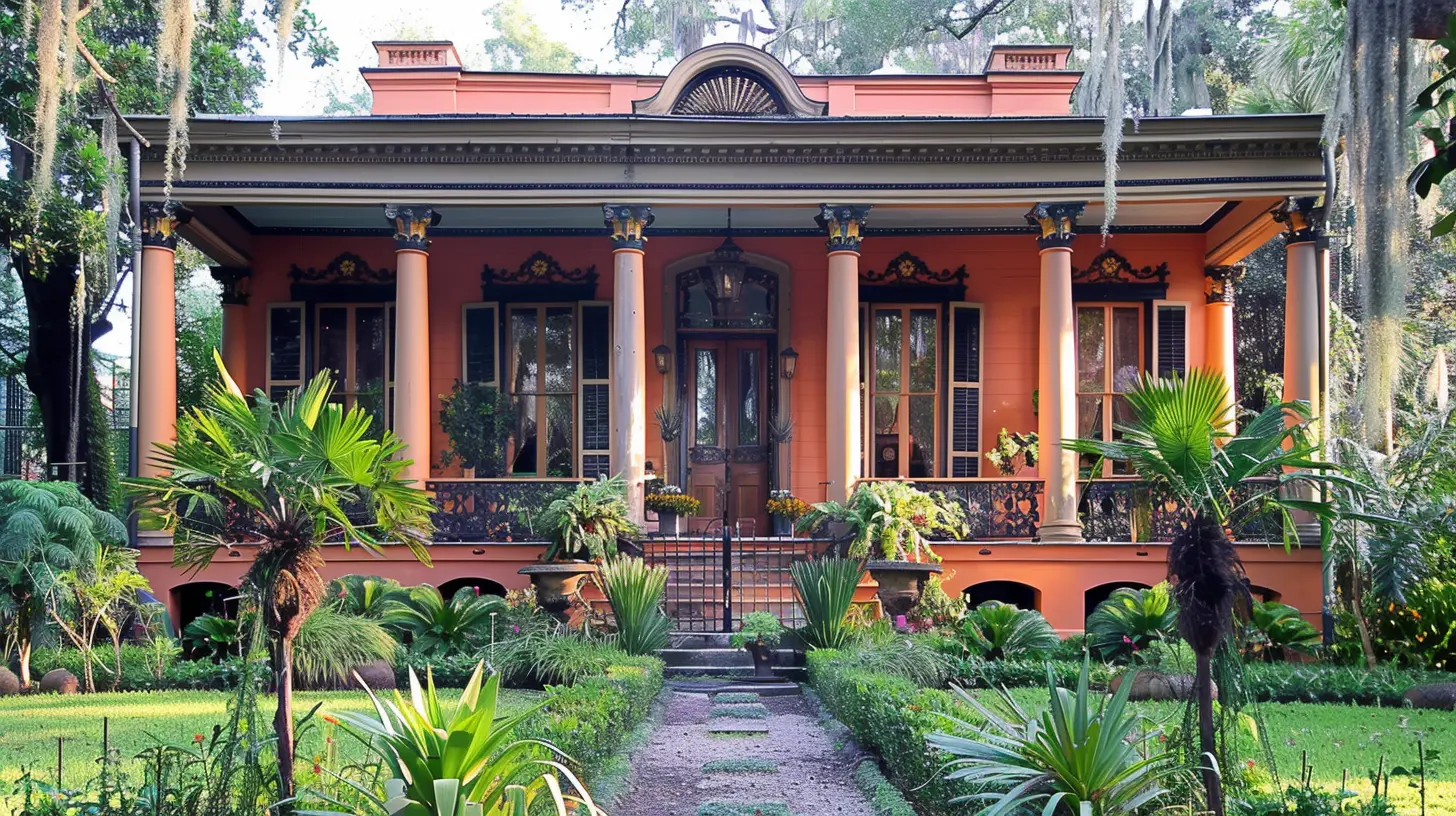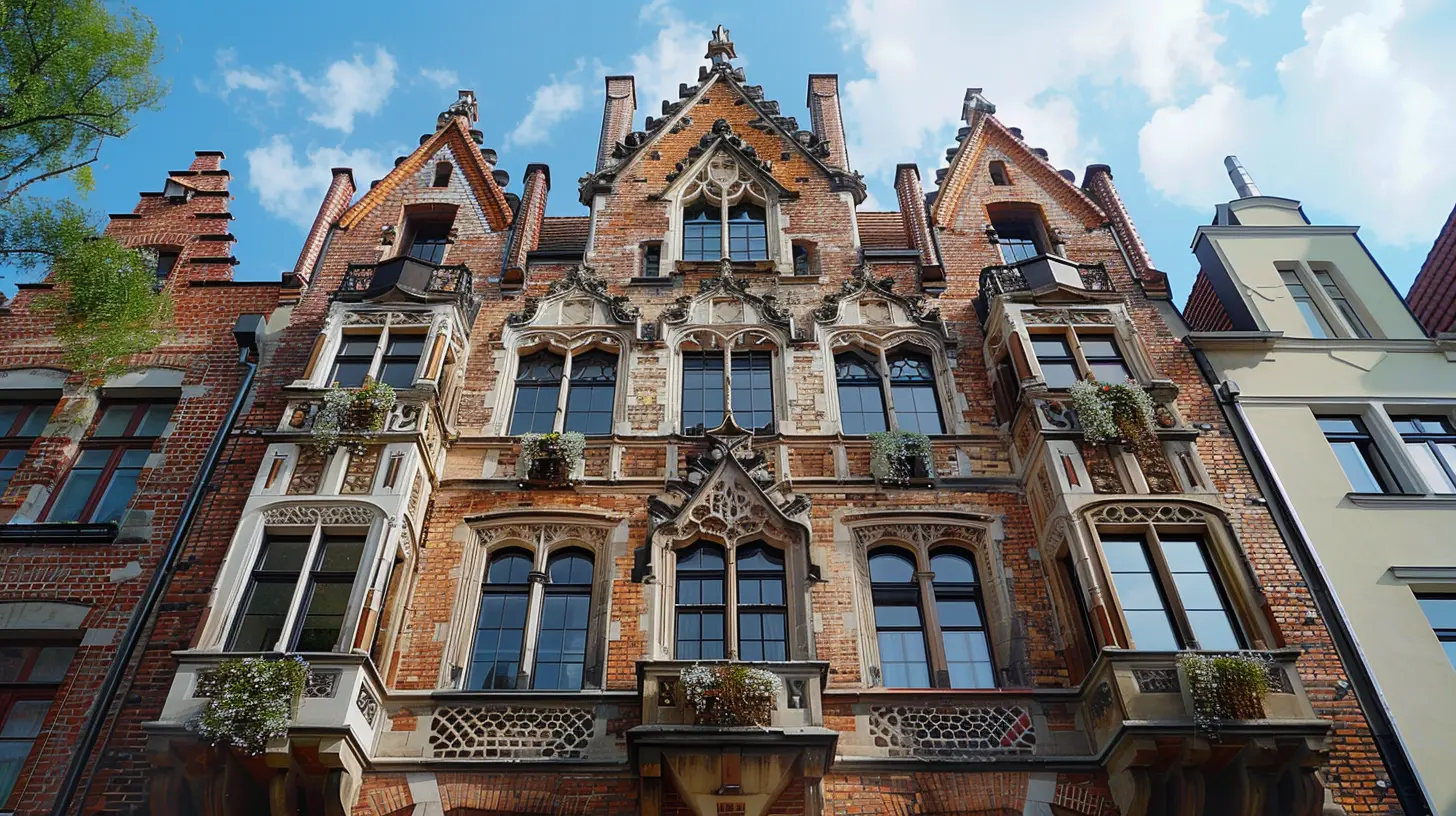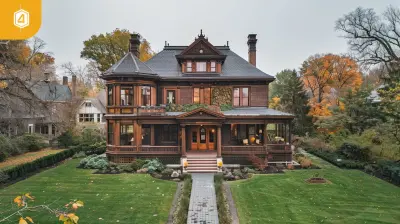The Role of Historical Preservation Societies in Protecting Our Architectural Heritage
17 October 2025
Architecture is more than just bricks and mortar—it carries the stories of generations, whispering tales of triumph, tragedy, and transformation. Yet, in the relentless march of progress, many of our most treasured buildings face the wrecking ball, sacrificed for modern convenience. Thankfully, historical preservation societies stand as guardians of our past, ensuring that our architectural heritage is not forgotten but cherished, restored, and passed on for future generations.

Why Architectural Heritage Matters
Imagine walking through a city where history stands shoulder to shoulder with the present—where centuries-old mansions nestle between sleek skyscrapers, and cobblestone streets lead to modern storefronts. This blending of old and new creates a layered, textured identity, a sense of place that cannot be replicated with sterile, mass-produced designs.Architectural heritage is more than aesthetics; it holds cultural, social, and even economic significance. Each building embodies craftsmanship, artistry, and engineering marvels unique to its time. They tell the stories of the people who lived, worked, and dreamed within their walls. Without preservation, we risk losing not only these structures but the rich narratives they carry. 
The Guardians of the Past: Historical Preservation Societies
At the heart of the preservation movement are historical preservation societies—nonprofit organizations, passionate individuals, and dedicated groups who fight tirelessly to protect and restore aging structures. These societies are like sentinels, keeping watch over history, ensuring our past isn’t erased in the name of progress.From grassroots local organizations to international institutions, these societies work with communities, governments, and developers to safeguard historic buildings. But how exactly do they do it? Let's dive deeper. 
1. Identifying and Protecting Significant Structures
Not every old building earns the title of "historic." Preservation societies meticulously research and document structures of significance, considering factors like:- Architectural uniqueness – Does it represent a rare style or a masterpiece of craftsmanship?
- Cultural history – Did it house an important event, movement, or figure?
- Community value – Does it contribute to the city’s identity or hold emotional significance?
Once identified, these buildings are often nominated for historical status, shielding them from demolition and granting access to funding for restoration. 
2. Advocacy and Legislation: Giving a Voice to History
Preservation doesn’t happen by accident—it requires advocacy. Historical preservation societies lobby for laws that protect architectural heritage, ensuring that development projects respect history rather than erase it.Many cities have preservation ordinances, thanks to these organizations pushing for stricter regulations on demolitions and renovations. Without their voices, entire historic districts could be flattened for parking lots and shopping centers.
3. Restoration and Revitalization Efforts
Saving history isn’t just about preventing destruction—it’s about breathing life back into forgotten spaces. Preservation societies often lead restoration projects, securing grants, fundraising, and gathering skilled artisans who can revive historic details.They work to repair crumbling facades, restore intricate woodwork, and bring back original colors and materials. These efforts transform abandoned relics into vibrant centers of community activity, from museums and theaters to boutique hotels and restaurants.
4. Educating and Engaging Communities
Preservation isn’t just the responsibility of historians and architects—it’s a community effort. That’s why historical societies engage the public through workshops, lectures, tours, and events that highlight the importance of protecting our architectural gems.When people connect emotionally with historic places, they become invested in their survival. Whether it’s a town rally to save a cherished landmark or school programs that teach kids about local history, awareness is a powerful tool in preservation.
5. Economic and Environmental Benefits of Preservation
While some argue that demolishing old buildings makes way for progress, preservation offers economic and environmental advantages that often go overlooked.Boosting Property Values and Tourism
Historic districts attract visitors and residents alike. Cities like Charleston, New Orleans, and Boston thrive on cultural tourism, where preserved architecture plays a significant role in drawing millions of visitors each year. Well-maintained historic buildings also enhance property values, making neighborhoods more desirable.Sustainability and Adaptive Reuse
There’s a saying in preservation circles: "The greenest building is the one already built." Tearing down structures creates massive amounts of waste, whereas restoring and repurposing them reduces landfill overflow and preserves embodied energy—the energy already spent on materials and construction.Many old buildings were designed with sustainability in mind, featuring natural ventilation, thick insulating walls, and durable materials that modern buildings often lack. Restoring them rather than demolishing them aligns with eco-friendly practices and reduces carbon footprints.
Challenges in Preservation: A Constant Battle
Despite their efforts, preservation societies face obstacles. Developers eager to maximize space often push for demolition, seeing old buildings as financial burdens rather than cultural assets. Governments sometimes prioritize economic growth over heritage conservation, leaving societies to fight uphill battles for funding and support.Additionally, natural disasters, neglect, and even public indifference threaten historic places. Without active participation and financial investment, many incredible buildings are left to decay beyond salvaging.
However, persistence pays off. Societies that continue to advocate, educate, and innovate find success in proving that history and progress can coexist harmoniously.
How You Can Help Save Architectural History
Preserving history isn’t just for experts—it’s for anyone who values the charm, character, and soul of old places. Here’s how you can contribute:1. Support Local Historical Societies
Donate to, volunteer with, or become a member of preservation organizations in your area. Even small contributions help fund restoration projects and advocacy work.2. Speak Up Against Demolition
If you hear about a historically significant building facing destruction, raise awareness. Start petitions, write to city officials, and attend council meetings—community voices matter.3. Choose Restoration over Renovation
If you own an older home or building, consider preserving its original features rather than modernizing it entirely. Restoring wood floors, molding, and fixtures maintains historical integrity.4. Visit and Support Historic Sites
Tour historic properties, attend heritage festivals, and support businesses housed in preserved buildings. Your patronage ensures these places remain viable.Preserving the Past, Enriching the Future
Imagine a world where every city is stripped of its history, where monotonous steel and glass structures replace the intricate, storied facades of the past. It would be a dull, soulless landscape devoid of character.Historical preservation societies are the unsung heroes keeping this nightmare at bay, ensuring our architectural heritage continues to inspire, educate, and connect us to our roots. Their work reminds us that history isn’t just something to read about—it’s something to walk through, to touch, to feel.
By supporting preservation efforts, we aren’t just saving buildings; we’re safeguarding the very essence of our culture. So, the next time you pass an old building with weathered bricks and ornate details, don’t just see it—appreciate it, protect it, and be a part of the story that keeps it standing for generations to come.
all images in this post were generated using AI tools
Category:
Historic HomesAuthor:

Kingston Estes
Discussion
rate this article
1 comments
Nicole McKeever
Preservation is essential; history deserves to be protected!
October 22, 2025 at 2:47 AM

Kingston Estes
Thank you for your insight! Preserving our architectural heritage is vital for honoring history and fostering community connections.


